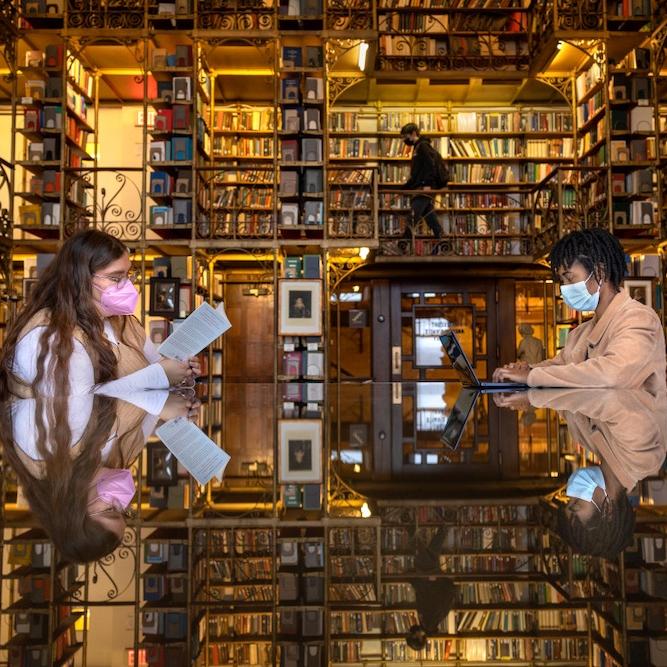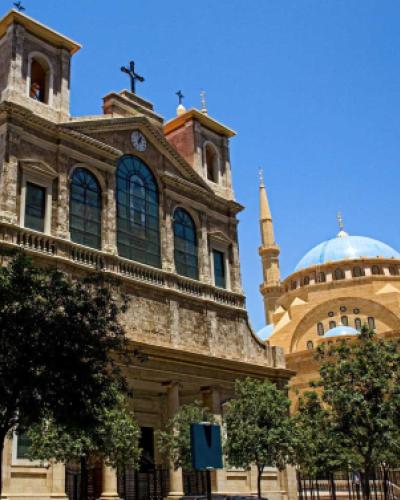HIST 2461 History of Minorities in Ottoman West Asia and North Africa (also NES 2461)(GHB)(HA-AS, GLC-AS, HST-AS) (HGS)
Tuesday and Thursday: 1:00-2:15
Professor Mostafa Minawi
This seminar utilizes recent research on the concept of "minorities" in West Asia and North Africa during the late Ottoman period, through the age of European colonialism, and the rise of nationalism. Relying on new research on the topic, we will focus on the social and political histories of the notion of a Millets, or "nations" in the Ottoman Empire, and the late development of the idea of "minority" vs. "majority" population in the late 19th and early 20th centuries. Case studies will focus on ethnic and religious groups and how their relationship to an imperial state and emerging ideas of "race" and nationalism produced new challenges and concepts of identification in the case of the Armenian population of Anatolia, Jews in Turkey and Iraq, Maronites in Lebanon, Palestinians in Israel, and non-Sunni Muslims like the Alevis of Turkey and Alawites of Syria, and Sub-Saharan Africans in the Maghreb. Authors and subject matter specialists will be invited, whenever possible, to lead the seminar discussion via Zoom or in person (if health conditions allow).
A background in Middle East/Ottoman history is strongly encouraged.
Image: Maronite Cathedral of Saint Georges, in downtown Beirut.Mohamed al Amin Mosque on the right.






